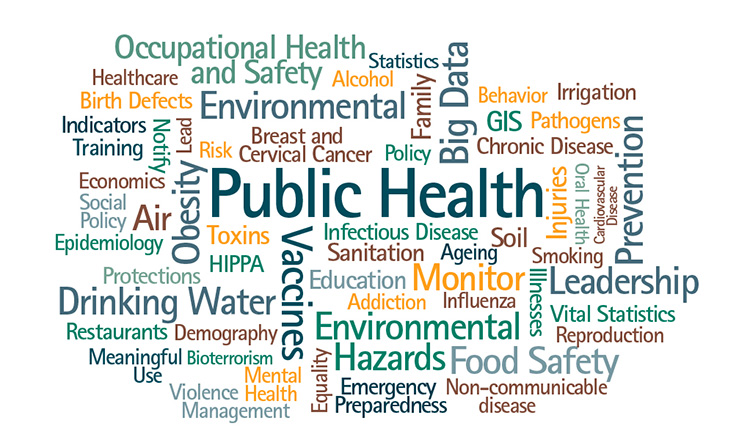Improvement of Zimbabwe’s Health Sector: A Governmental Approach.

The government of Zimbabwe is making concerted efforts to improve the health sector. Additionally, these implementation efforts are through several strategies. The aim is to address the existing challenges and build a resilient health system. This will lead to the improvement of Zimbabwe’s health sector.
Health Resilience Fund to improve the health system.
The government launched the Health Resilience Fund (HRF) in partnership with UN agencies and funding partners. The HRF is designed to build on the gains of the Health Development Fund and address the remaining challenges. Also, the main aim is to ensure access to maternal, child, sexual and reproductive health and nutrition services. Furthermore, it is to strengthen the health system’s resilience to shocks.
Strengthening the Health Workforce
Moreover, in response to the exodus of health professionals in the 1990s and 2000s, the Zimbabwean government partnered with Cuba to deploy hundreds of Cuban physicians within the Zimbabwean health system. This partnership was coupled with measures such as bonding newly trained health workers and improved training. However, now the focus is on retention of newly trained health professionals through fair pay and supportive work environments.
Also, physical safety and leadership opportunities are part of this. Innovative ways to strengthen the health workforce include encouraging retention and motivation of current workers. This is through better, safer work environments and building leadership capacity in the workforce. Additionally, placing a greater reliance on mid-level and non-specialist providers and community members will help to strengthen the workforce.
Currently, the government of Zimbabwe is implementing several strategies to strengthen the health workforce. These strategies are a recommendation from the Health Labour Market Analysis (HLMA) conducted by the World Health Organization (WHO).
One significant initiative is the development of a new health workforce policy. This policy aims to increase study leave slots for specialist training of health workers. Additionally, this enhances their skills and capabilities.
Furthermore, the government is expanding the training of Primary Care Nurses from 30 to 200 per annum. This strategy aims to fill the gaps created by the emigration of nurses and midwives, thus ensuring a steady supply of these essential healthcare professionals.
Also, the government is working to establish regulatory measures and non-monetary incentives for the health workforce. These measures aim to reduce the continuous depletion of this critical resource and encourage retention within the country.
Improvement of Zimbabwe’s Health Sector through Coordination and Collaboration
Moreover, the Ministry of Health and Child Care (MoHCC) developed the Health Sector Coordination Framework (HSCF). This is to improve coordination and collaboration within the health sector. The HSCF brings together all stakeholders, including government, donors, and civil society, to work together. This is in the financing, planning, implementation, monitoring and evaluation of all health-related interventions. Therefore, this strategy is a key part of achieving the SDG3 targets in Zimbabwe.
Tackling Health Inequities
Also, the government of Zimbabwe is implementing policies that aim to tackle racial inequalities inherited from the colonial period within the Primary Health Care (PHC) concept. The first decade post-independence was driven by the idea of nation-building, equality and solidarity as a post-colonial strategy. Central to this thrust was the idea of disrupting the pervasive social injustice that prevailed during the colonial period.
Improving Allocative Efficiency
Finally, the government is working on improving allocative efficiency in the health sector. This involves prioritising interventions based on their potential to improve health outcomes and their cost-effectiveness.
An example of this is how the government is focusing on improving the equity and efficiency of health resource allocation. This involves considering vulnerable populations alongside cost-effectiveness as the basis for resource allocation. Therefore, by addressing both equity and efficiency concerns, the government will reduce health disparities and keep healthcare costs relatively low.
In conclusion, the improvement of Zimbabwe’s health sector is a multifaceted approach that involves various strategies and collaborations. The government’s efforts towards building a resilient and efficient health system that caters to the needs of all Zimbabweans is underway. These efforts will improve the health sector of the nation overall, benefiting all Zimbabweans.





